After graduating from Whittier College in the 1960s, Guy Webster decided to join the army reserves for a six-month stint rather than go to Viet Nam. For the first three months he purchased, shipped and decorated Christmas trees. For the second half he taught photography, even though he had never even held a camera before that moment.
“I had never taken a photograph in my life,” remembered Mr. Webster. It wasn’t until his last month in the reserves that he shot his first roll of film. That was all it took to get him hooked.
Today the scope of his work looks like it would take a few lifetimes to create. From Allen Ginsberg to Jack Nicholson to Jim Morrison, it seems there isn’t a person or genre he missed.
“That’s from two shootings a day, seven days a week,” said Mr. Webster. “I never took a vacation for 10 years.”
If you have any sort of decent record collection, you’ve seen Mr. Webster’s work. The Mamas and Papas, the Rolling Stones, the Doors, basically any band or singer that mattered in the last 40 years. Recently he donated 75 of his photographs to the Martha’s Vineyard Hospital.
“Would you like to see one of my favorite photographs?” Mr. Webster asked during an interview that took place at his summer home in Menemsha. “Here is Captain Beefheart and his Magic Band.”
One member is wearing a huge bell on his head, another with a space helmet.
“They were so whacked-out. I loved them. They wanted to make extra money, so they came out as their own opening act in masks and they’d play the blues. Then they’d take the masks off and play as Captain Beefheart. I love people like that, who think differently.”
When talking about his life, Mr. Webster has a way of recounting extraordinary events very matter-of-factly, such as a skiing trip with Clint Eastwood or getting his first motorcycle from Dean Martin. And his first camera? He picked it out of a mafioso’s garage stash.
And if you’re wondering whether Brian Wilson of the Beach Boys really did have a sandbox placed under his piano so he could touch the sand while he played, Mr. Webster can verify the truth.
“The sandbox was there in the living room,” he said. “Right next to the Moroccan tent.”
He pulled out a picture of the Beach Boys, the band members piled on top of each other with a little hound dog on top, inside a maroon and orange patterned tent.
“That’s the gang,” he said with a smile.
Mr. Webster grew up in a wealthy family in Beverly Hills, but built his career on his own.
“I grew up in this strange house where all these artists were coming over singing and dancing while I was doing my homework,” he said. “I knew all the kids of all the celebrities: the Martin family, the Sinatra family, the Fonda family, on and on. But we [the children] knew what was going on. We were very sophisticated. And I didn’t want any part of it.”
He chose to go to graduate school in California for photography after leaving the army reserves, paying his way through school by taking portraits of children, dogs and cats.
“I thought I’d be an art photographer, and never make any money,” he said. “I’d be poor, but I didn’t care because I was a hippie.”
It didn’t turn out that way, though, thanks to a chance encounter on the basketball court. “People think because of my connections with my family that’s how I became famous but it wasn’t that at all. It was simply a fluke.”
One day, while shooting hoops, a friend mentioned how he wanted to start a record company, and asked Mr. Webster to do the album work.
“So I did it. We didn’t have money to do color, so it was in black and white. And it went to number one in the country. From that day on, I never stopped working. My career was molded by accident.”
That first album cover was for Barry McGuire’s Eve of Destruction, released in 1965.
After that, every band from The Byrds to The Who took a ride in Mr. Webster’s blue and white Volkswagen van as they bumped around searching for the perfect picture setting.
“I would find beautiful places to photograph them. They trusted me and knew I’d never print a picture that wasn’t flattering. I tried to make everybody look better than they did. Even in rock ‘n roll. I never made rock ‘n rollers ugly. I made them beautiful.
“Also we all had long hair. And men look so much better with long hair — more artistic, spiritual looking, more poetic. It’s also the light, you need beautiful light. Like Simon and Garfunkel. Not a pretty couple. But I made them look good.”
During the 1960s and 1970s he also became a photographer for the movie industry, taking images for advertising and media purposes. And he continues to work today out of his studio in Venice, California photographing musicians, actors, writers, politicians, activists and more.
For some, being in close contact with so many famous people over the years might lend itself to being starstruck or worse. But for Mr. Webster it goes back to his childhood home when hundreds of guests roamed the house, but only a certain handful grabbed his attention.
“My father had so many famous people over at the house. It meant nothing to me. But when the jazz guys came over, I couldn’t wait! Chico Hamilton, Johnny Mandel. I’d fall over for those guys, because for me they were cutting edge innovators.”
He still doesn’t get worked up for just anyone, said his wife, Leone Webster, who was cooking in the kitchen.
“Guy is one of the most truly secure people I have ever met in my life,” she said. “And he’s not impressed with people, I mean in a phony way. He’s impressed with people who have something talented to show.”
Whether it was Ronald Reagan, Barbra Streisand or Bob Dylan, Mr. Webster treated them all the same.
“It wasn’t intimidating because I don’t see them as God-like. They’re just human beings like all of us. They’re no better, they just might have a gift. I think that’s why I was comfortable, because I treated them like I would treat my brother.”

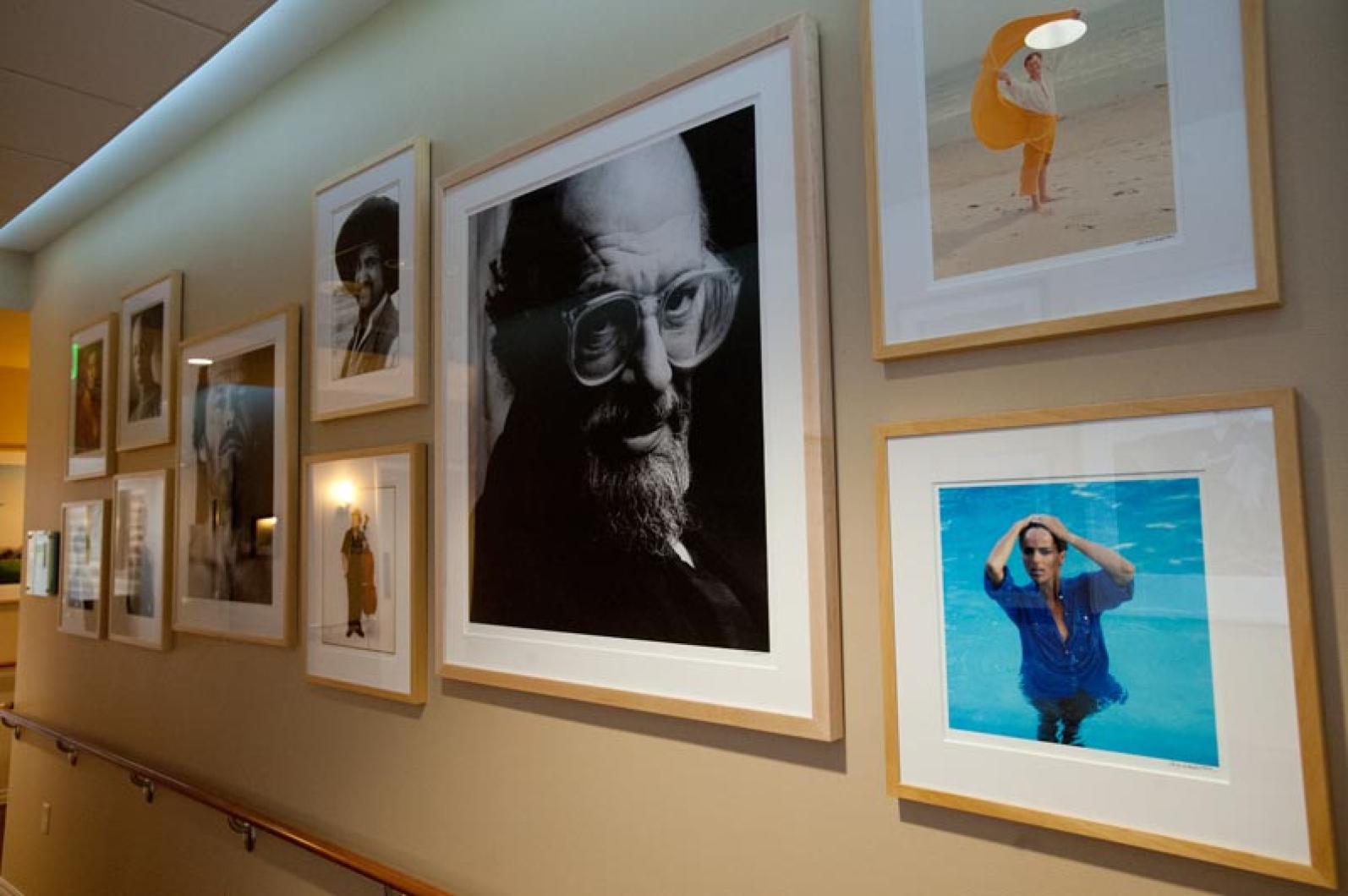
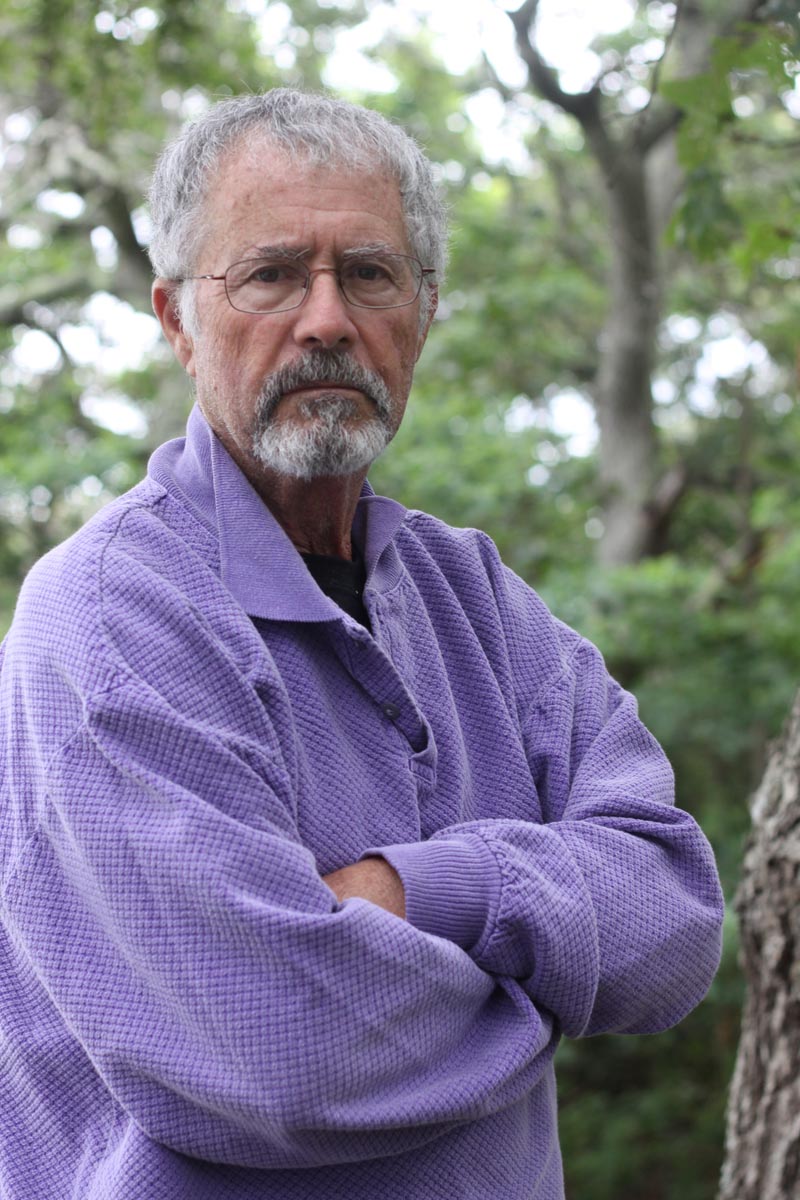
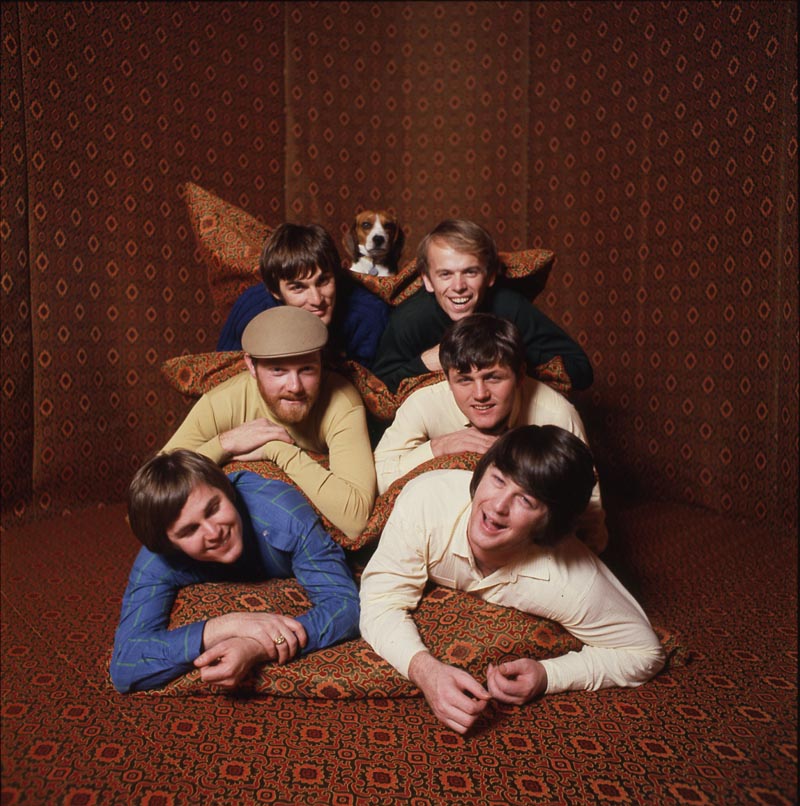
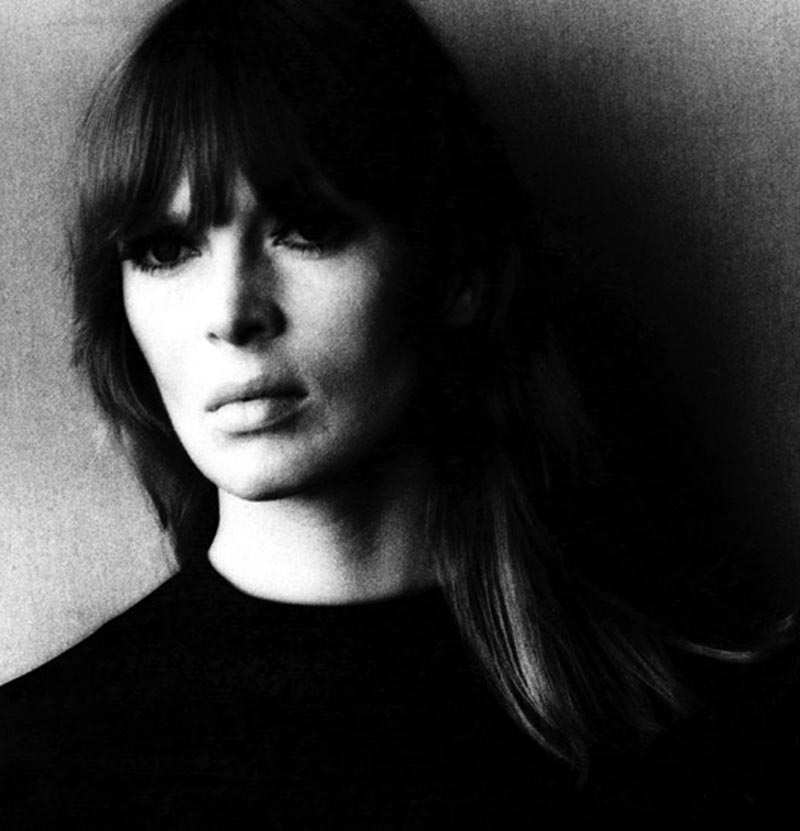
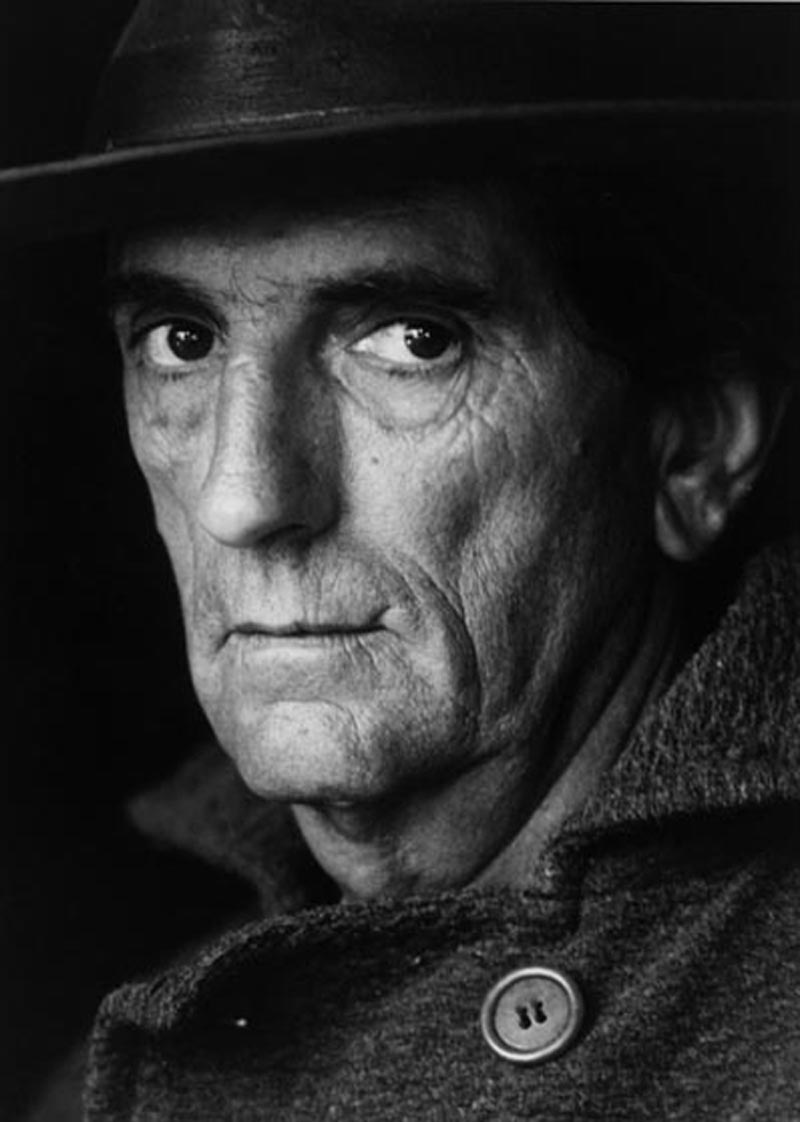
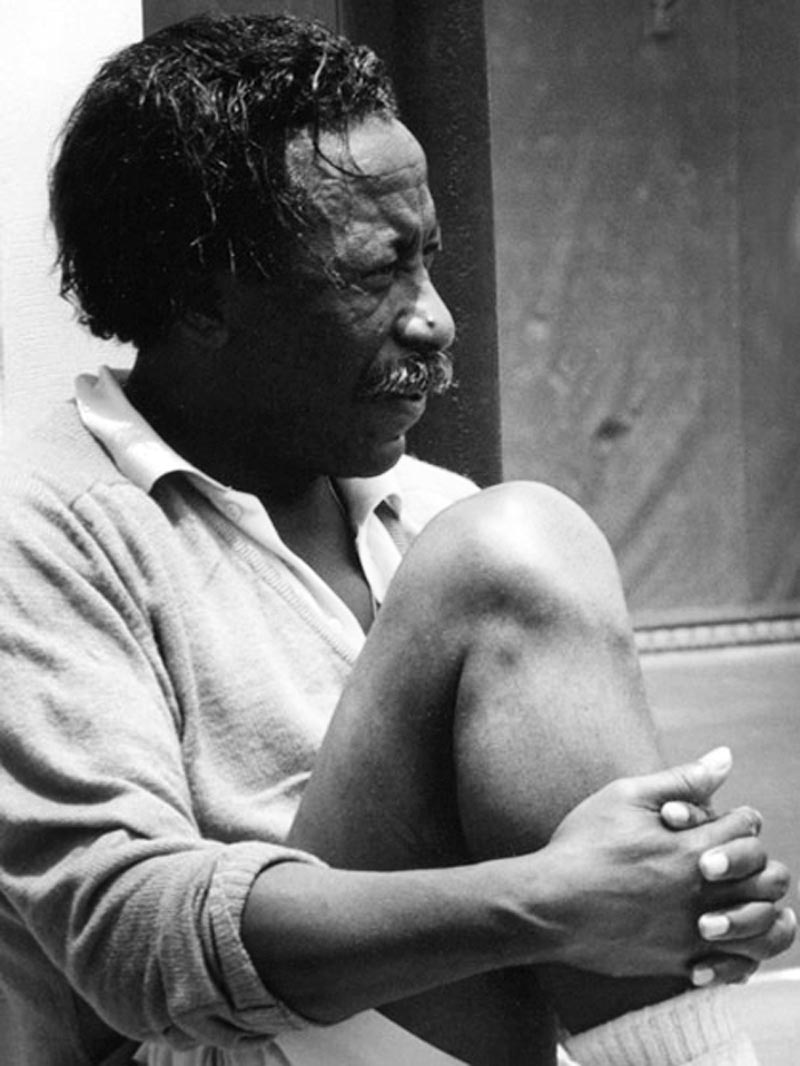
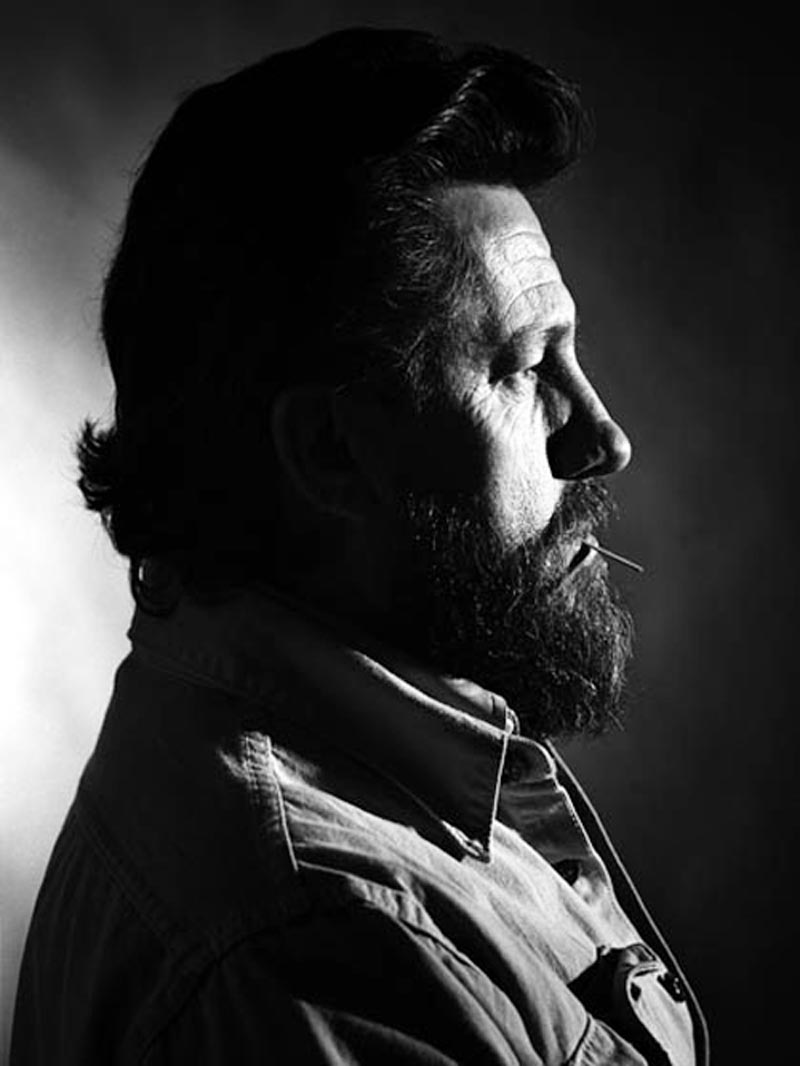





Comments
Comment policy »